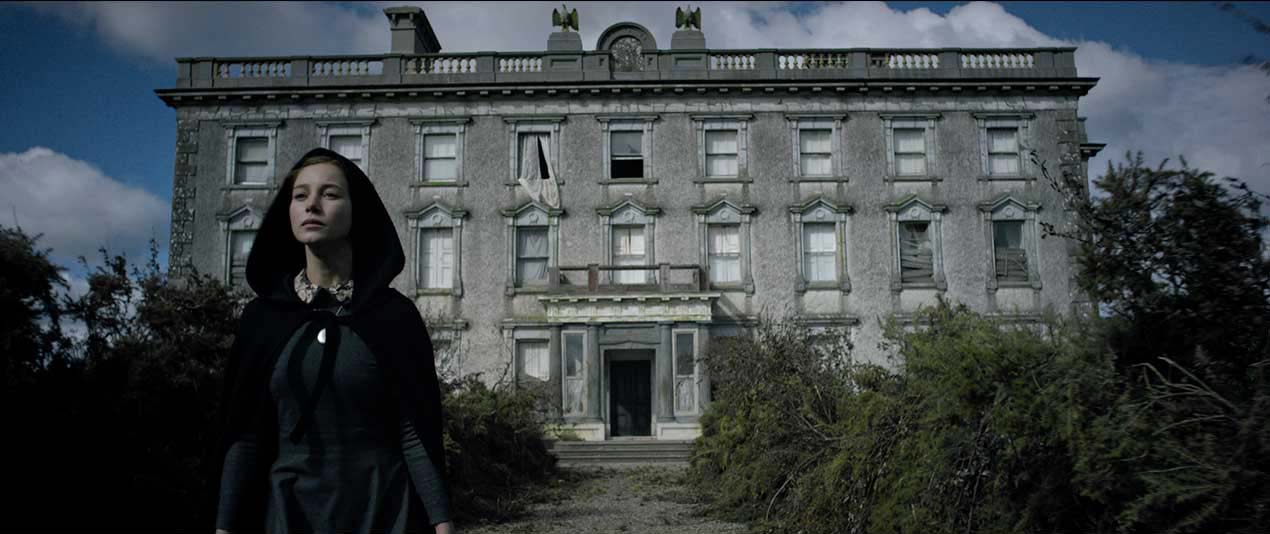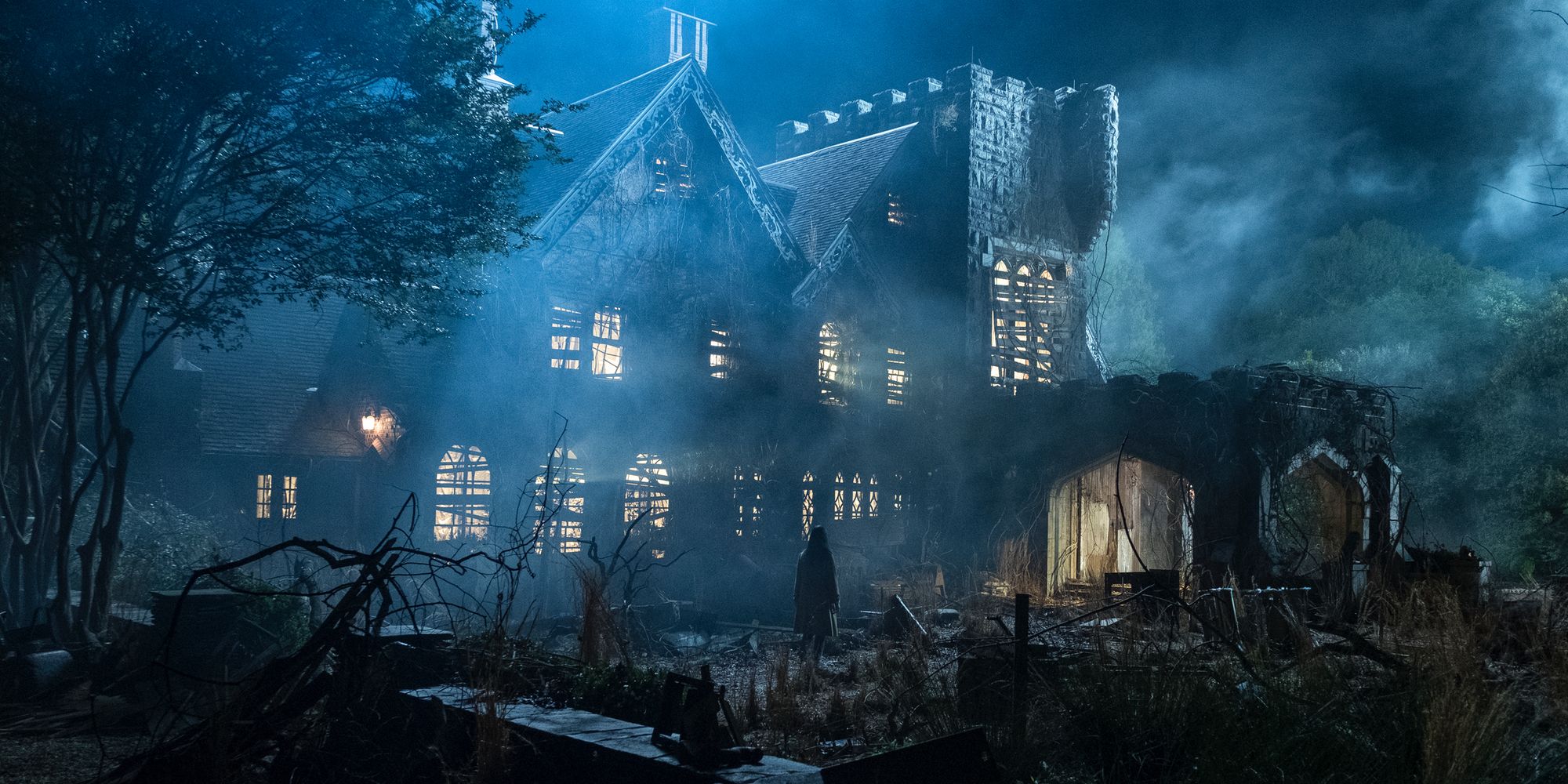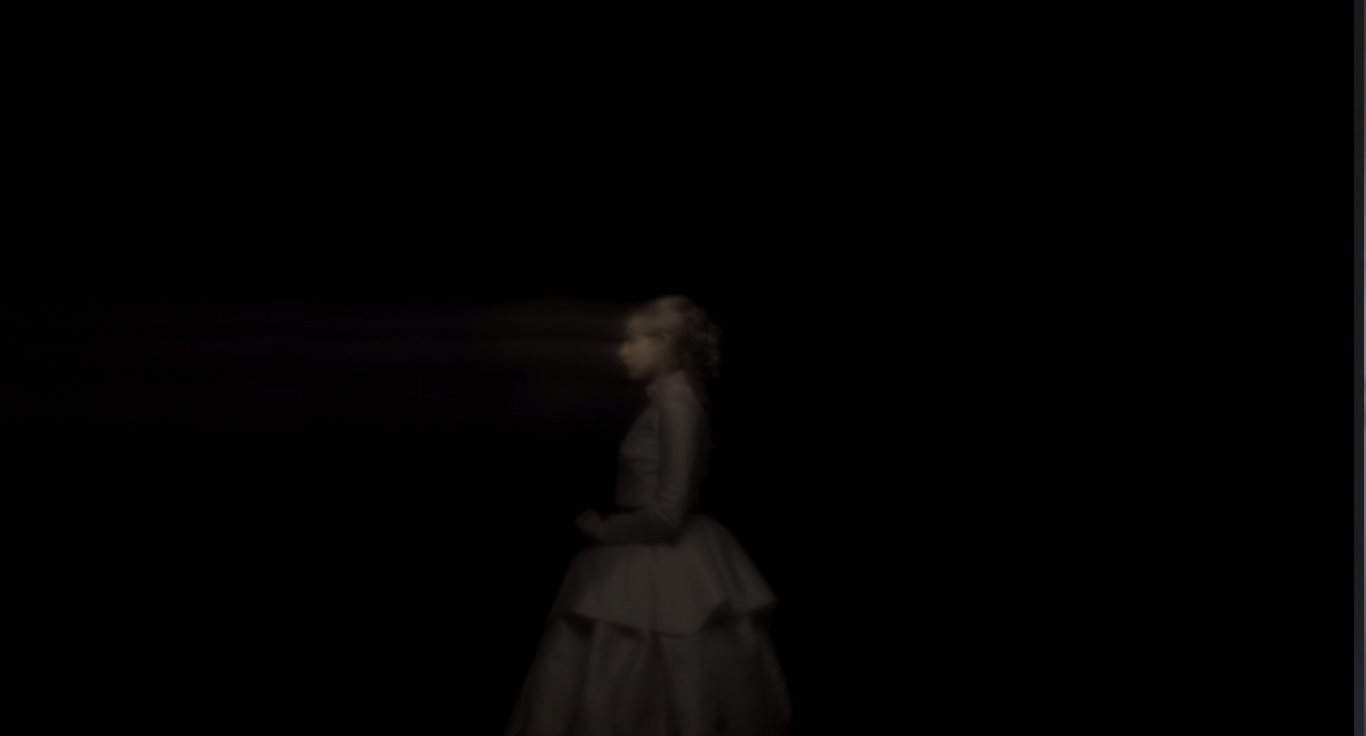 There is a certain morbid fascination we have with haunted houses. People love to be scared, myself among them, as there is something innate in each of us that's at least a little curious about the supernatural. Haunted houses are a hotbed for such paranormal activity, as some may claim. Based on those claims, stories have been told and movies have been made on the subject. Crinkly, old houses that are broken down and dilapidated are often written off as haunted, even if that is not truly the case. Why? Because people, even the ones scared by their own shadows, are at least a little captivated by the proposition of the dreaded haunted house.
There is a certain morbid fascination we have with haunted houses. People love to be scared, myself among them, as there is something innate in each of us that's at least a little curious about the supernatural. Haunted houses are a hotbed for such paranormal activity, as some may claim. Based on those claims, stories have been told and movies have been made on the subject. Crinkly, old houses that are broken down and dilapidated are often written off as haunted, even if that is not truly the case. Why? Because people, even the ones scared by their own shadows, are at least a little captivated by the proposition of the dreaded haunted house.The idea more than likely hit American soil with the morbid, bleak tales of Edgar Allan Poe, especially with his "The Fall of the House of Usher." Two long-lost friends reunite in a dilapidated, old mansion, one to try and see to the other's melancholic ailment. It seems to be over the one with the ailment, Roderick Usher, and his sister, who has just passed away. Her phantasm returns to take Roderick with her as the mansion crumbles to the foundation and the name Usher dies with them.
 Alfred Hitchcock might make a good case for a filmmaking version of Poe, and brought his own vision of the eerie Victorian home in Psycho. Norman Bates runs a motel in the middle of nowhere on behalf of his mother, to whom he has a very macabre connection to. Norman lives in the spooky Victorian on the hill next to the motel, and while we can hear his mother talking to him, it's actually Norman himself, speaking for her as her corpse rots in an isolated room.
Alfred Hitchcock might make a good case for a filmmaking version of Poe, and brought his own vision of the eerie Victorian home in Psycho. Norman Bates runs a motel in the middle of nowhere on behalf of his mother, to whom he has a very macabre connection to. Norman lives in the spooky Victorian on the hill next to the motel, and while we can hear his mother talking to him, it's actually Norman himself, speaking for her as her corpse rots in an isolated room. Netflix recently brought the Victorian and its ghostly sprawling manors in 2017 with The Lodgers. The house is a crinkling character, graying and dilapidated, surrounded by the past notions of a better time. The house is guarded by a complicated familial love and evil in one, with a young adult brother and sister looking to live threw the night in such an eerie locale.
Netflix recently brought the Victorian and its ghostly sprawling manors in 2017 with The Lodgers. The house is a crinkling character, graying and dilapidated, surrounded by the past notions of a better time. The house is guarded by a complicated familial love and evil in one, with a young adult brother and sister looking to live threw the night in such an eerie locale. Netflix also recently brought us The Haunting of Hill House, which is part family drama, part terrifying ghost story. It's Victorian mansion is definitely an antagonist, spawning spirits a plenty, and a curse that forces ropes around the necks of those drawn to it. The house is a breeding ground for the macabre, the culprit possibly black mold, or such a long history of death running rampant through its long, creaking hallways.
Netflix also recently brought us The Haunting of Hill House, which is part family drama, part terrifying ghost story. It's Victorian mansion is definitely an antagonist, spawning spirits a plenty, and a curse that forces ropes around the necks of those drawn to it. The house is a breeding ground for the macabre, the culprit possibly black mold, or such a long history of death running rampant through its long, creaking hallways.
There is something about the Gothic Victorian Manor that makes our imaginations run wild. It appears to us as imposing, all-knowing, menacing, and teeming with spirits. The haunted question crosses our mind the second we step into them, whether we want it to or not. Just what happened there, we ask. A murder? A patricide? Suicide? Are the ghosts benign, or are they truly malignant, as foreboding as the gloomy exterior of the house itself?

No comments:
Post a Comment